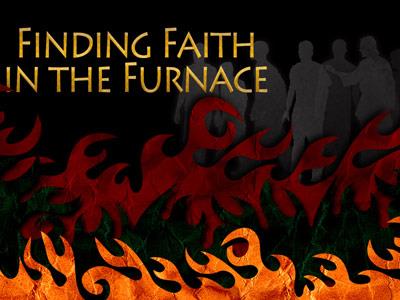-
Somewhere Between Quack And Quisling Series
Contributed by Joel Smith on Nov 28, 2017 (message contributor)
Summary: Somewhere between quack and quisling is the remnant. Strive to be among that number.
Somewhere Between Quack and Quisling
Ezra 9 and 10
Before we read Ezra 9 and 10 let's back up and get a broad overview of what happened to the Jews up to this point. I'm going to back up and then go slightly ahead because it will matter when we consider Ezra's response to God:
605 BC - Babylon defeats Judah and the first Jews are deported
597 BC - Second deportation of the Jews to Babylon
586 BC - Jerusalem and the temple are destroyed and the third deportation occurs
539 BC - Babylon defeated by Medo-Persia
538 BC - Cyrus II allows the first exiles to return to Jerusalem
536 BC - Cyrus II decrees the rebuilding of the temple in Jerusalem
520 BC - Building resumes after Samaritan opposition is overcome by Darius I's decree
515 BC - The temple is complete and the 70 year exile is officially over
458 BC - Ezra and the second group of exiles return to Jerusalem and calls for reform
445 BC - Nehemiah and the third group of exiles return to Jerusalem to rebuild the walls and complete
reforms
Ezra 9:1-10:17
One of the great difficulties of teaching from an Old Testament narrative like this is that the specifics of the story do not apply to us. We are not Jews. We do not live under the Old Covenant. God has cut no contract with us based on the land of Canaan.
The problem faced by Ezra was intermarriage. We can’t even apply this because there are no New Covenant prohibitions against marrying people of differing nationalities. The Israelites were commanded not to intermarry, but the prohibition was due to religion and not race. The idea was that if you married a pagan you’d adopt pagan ways.
This had been a problem throughout Israel’s history. Almost immediately after escaping slavery in Egypt, Israelite men took Midianite women as partners and incurred God’s judgment. Later, after the kingdom was established, Solomon took numerous foreign wives and was so led astray by them that he was bowing the knee to their idols at the end of his life. Because of this sin, God ripped a portion of the kingdom away from Solomon’s family in the next generation. Right up to the defeat and exile of the Jews by the Babylonians, the people of God were intermarrying with the neighboring nations and adopting their pagan practices.
God had explicitly commanded them not to intermarry with pagans, but they did it anyway and the result was sin and judgment. In this story, they’ve finally returned from exile and rebuilt the temple, but they’re right back at it. They were practicing one of the very things that sent them into exile in the first place. Thus, Ezra’s shock and over-the-top demonstration of sorrow.
How did this happen? Were they unusually stupid or sinful? No. It turns out that they were just like us.
The Jewish exiles were caught between two competing and yet correlating forces. In the sermon title I’ve called these quack and quisling. A quack is a faker. There’s a grain of truth in what they’re promoting, but they’ve largely got it wrong. As we say in church circles, they major in the minors and minor in the majors. Religious quacks are engaged in a big fancy word called obscurantism.
Obscurantism - cultural expressions that accompany the gospel, for good or bad, which actually obscure the gospel
Let me give you an example from the book, and later movie, Hawaii. Author James Michener described Christian missionaries’ efforts to evangelize the islanders:
…Male missionaries began preaching the gospel from their big black Bibles in their black suits under the shade of their wide-brimmed black hats. The women with them were walking the shores of Hawaii spreading the good news in hoop skirts and bonnets while the native women listened intently in their grass skirts and other traditional attire. Even so, converts were made.
However, an unintended effect materialized. A scene later in the movie shows the new Hawaiian believers gathering for worship; and all these Hawaiians who had been in traditional island attire (because they love Jesus and want to live like Christ) are all wearing hoop skirts and bonnets and black suits and black hats while carrying big black Bibles.
… The movement was hindered there at the shore—it struggled to spread inland.
One of the reasons is that people incorrectly understood what it meant to become a Christian. To become a Christian was to literally change their clothes. Other Hawaiians were less open to the gospel, because they didn't understand it as an internal work of grace that affected people on a spiritual level.
They saw it simply as an outward physical change that was more American culture than it was Christian.

 Sermon Central
Sermon Central



